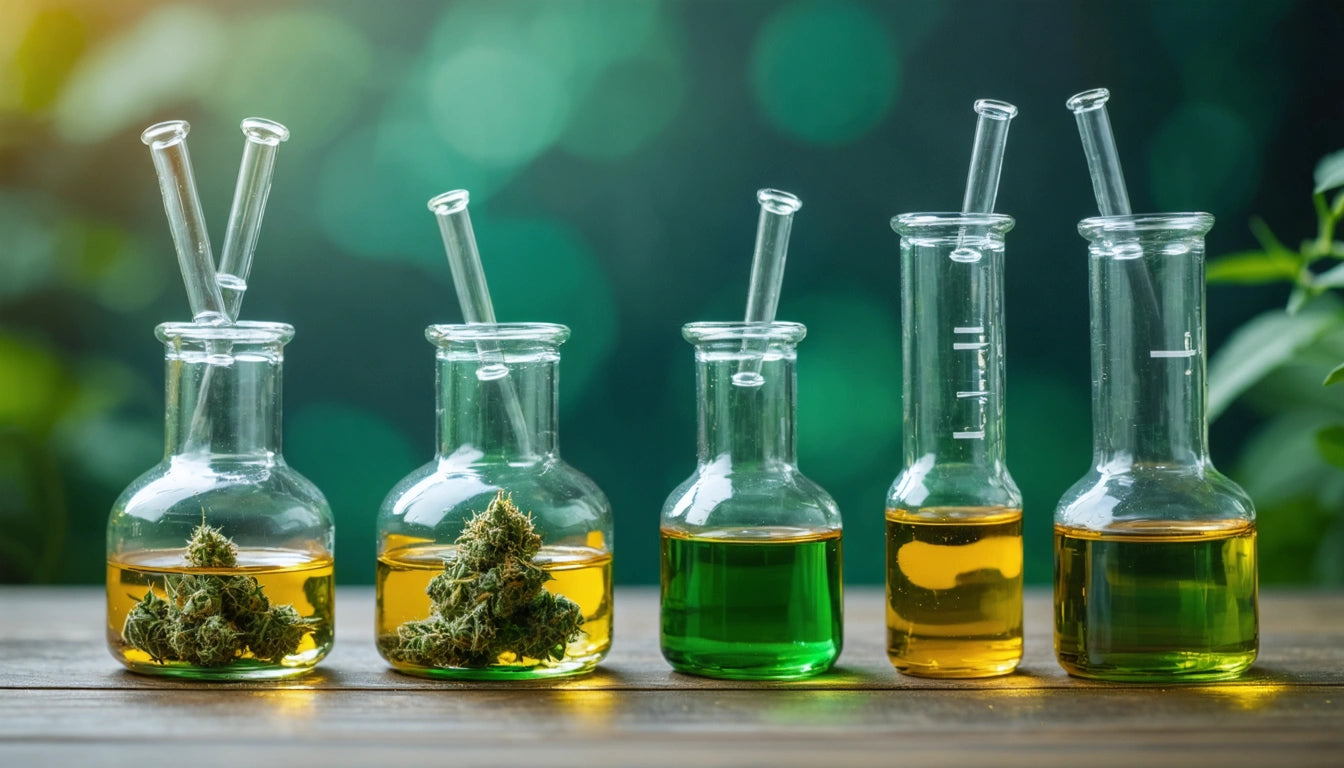Table of Contents
Edible Packaging: Gimmick or Game Changer?
As sustainability concerns grow across industries, innovative packaging solutions continue to emerge. Among these, edible packaging stands out as perhaps the most radical departure from conventional materials. But does it represent a genuine paradigm shift in sustainability, or is it merely a clever marketing tactic with limited practical application?
What Is Edible Packaging?
Edible packaging refers to food-grade materials designed to contain products while being safe for consumption. Unlike traditional packaging that requires disposal, these materials can be eaten along with the product they contain or safely composted with minimal environmental impact.
The concept aligns with circular economy principles, eliminating waste by design rather than addressing it after creation. According to our analysis of seaweed and rice paper applications, these materials are gaining traction beyond novelty status.
Materials and Technologies Driving Edible Packaging
Seaweed-Based Films
Seaweed derivatives like agar and carrageenan form transparent, flexible films suitable for wrapping dry goods and some liquid products. These materials dissolve in hot water or can be consumed directly, offering a zero-waste alternative to plastic sachets.
Starch-Based Solutions
Rice paper, potato starch, and corn-derived materials create sturdy yet digestible packaging options. These are particularly suitable for dry goods and powdered products where moisture barrier properties aren't critical.
Protein-Based Films
Milk proteins, collagen, and other protein sources can be formulated into edible films with varying properties. These often provide better oxygen barriers than plant-based alternatives, making them suitable for sensitive food products.
Real-World Applications and Case Studies
Several brands have moved beyond conceptual designs to actual market implementation:
- Ooho water pods (Notpla) - Seaweed-based water containers used at marathons and events
- Loliware - Seaweed-based straws that last 24 hours in a beverage before biodegrading
- MonoSol - Dissolvable films for detergent pods, now being adapted for food applications
- Incredible Eats - Edible cutlery made from various grains
In the cannabis industry, edible packaging presents interesting opportunities for single-dose edibles and concentrates, potentially reducing waste from individual wrappings. When considering preservation requirements, proper humidity control remains essential for maintaining product freshness, similar to how humidity control packs maintain optimal conditions for cannabis products.
Challenges and Limitations to Widespread Adoption
Despite its promise, edible packaging faces significant hurdles:
Shelf Stability and Protection
Many edible materials have limited barrier properties against moisture, oxygen, and microbes. This restricts their use to products with short shelf lives or those requiring minimal protection.
Cost Factors
Production scaling remains a challenge, with most edible packaging options costing significantly more than conventional materials. As our ROI analysis of sustainable packaging shows, premium pricing can only be justified when brand values and consumer willingness align.
Regulatory Considerations
Food-grade packaging faces stricter regulatory requirements than conventional materials. Every component must meet food safety standards, complicating formulation and approval processes.
Environmental Impact Assessment
When evaluating environmental benefits, the full lifecycle must be considered:
Resource Intensity
Some edible materials require significant water, energy, or land resources to produce. Seaweed stands out positively here, requiring no freshwater, fertilizer, or arable land to grow.
Compostability Advantages
Even when not consumed, truly edible packaging is inherently compostable in home systems without industrial processing. This contrasts with many compostable alternatives that require industrial facilities.
Comparison to Alternatives
When compared to other sustainable options like mushroom-based packaging or bioplastics, edible materials often show advantages in end-of-life scenarios but may have limitations in durability and barrier properties.
Future Outlook: Where Edible Packaging Is Headed
The future of edible packaging likely lies in targeted applications rather than wholesale replacement of conventional materials. The most promising directions include:
Single-serve food items where package-product integration makes sense, such as soup bouillon wrappers or seasoning packets that dissolve into the dish.
Event-specific applications where immediate consumption and zero waste are priorities, such as sports events or festivals.
Luxury food experiences where the packaging enhances the product story and justifies premium pricing.
As materials science advances and production scales, we'll likely see hybrid approaches combining edible elements with minimal conventional materials. This pragmatic middle ground may deliver the most significant real-world impact while research continues on fully edible solutions.
Rather than viewing edible packaging as either pure gimmick or complete revolution, the reality suggests it's an important innovation with specific, valuable applications in our sustainable packaging toolkit. When thoughtfully implemented, it represents one of many solutions needed to address packaging waste challenges.











Leave a comment
All comments are moderated before being published.
This site is protected by hCaptcha and the hCaptcha Privacy Policy and Terms of Service apply.